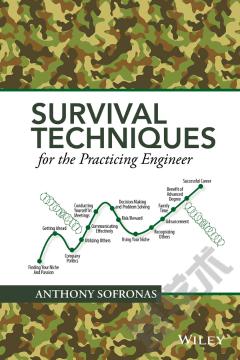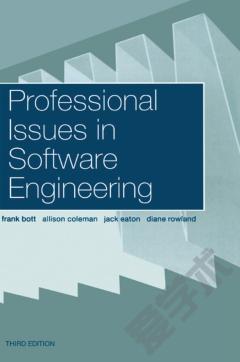Engineering Your Retirement —— Retirement Planning for Technology Professionals
----- 退休金理财学
Preface. Acknowledgments. 1. Retire On Your Schedule. 1.1. Retirement Options. 1.2. Is There a Retirement Crisis? 1.3. How Much Do I Need to Retire? 1.4. How Long Will it Take Me to Save Enough Money? 1.5. Learning Your Own Life Values. 2 Analysis Tools and Calculations. 2.1. Predictions Based on Average Returns and Inflation. 2.2. Spending Models. 2.3. Historical Data. 2.4. Monte Carlo Simulation. 2.5. Historical Simulation and the 4% Rule. 3 Live Below Your Means (LBYM). 3.1. Spending. 3.2. Breaking the Relationship Between Earning and Spending. 3.3. Establishing Budget Projections. 3.4. Credit Cards. 3.5. Increasing Earnings. 4 Emergency Funds and Insurance (First Take Care of Stability). 4.1. Medical Insurance and Healthcare Budgets. 4.2. Emergency Fund. 4.3. Personal Financial Concerns. 4.4. Documents. 5 Investment Instruments. 5.1. Bonds. 5.2. Stocks. 5.3. Real Estate. 5.4. Annuities. 5.5. Defined Benefit Plans (Pensions). 5.6. Cash and Certificates of Deposit. 5.7. Social Security. 5.8. Mutual Funds. 5.9. Exchange-Traded Funds (ETFs). 5.10. Commodities. 6 Your Investment Plan. 6.1. Eliminate "Bad" Debt. 6.2. Investment Issues. 6.3. Tax-Advantaged Accounts and Free Money. 6.4. Taxable Investments. 6.5. House-Purchase or Rent? 6.6. Mortgage Payoff Decision. 6.7. Taxes. 7 What Will I Do When I Retire? 7.1. Work Part-Time. 7.2. Travel. 7.3. Volunteer. 7.4. Recreation and Leisure. 7.5. Health and Self-Improvement. 8 Final Issues. 8.1. Before You Leave the Building. 8.2. Where to Live. 8.3. Sources of Income. 8.4. Taxes. 8.5. Rebalancing. 8.6. Heirs. Appendix A: Web Site URLs: Information, Online Calculators and Software. Appendix B: Fundamental Financial Equations. Appendix C: Longevity Table. Index. About the Author.
{{comment.content}}








 京公网安备 11010802027623号
京公网安备 11010802027623号